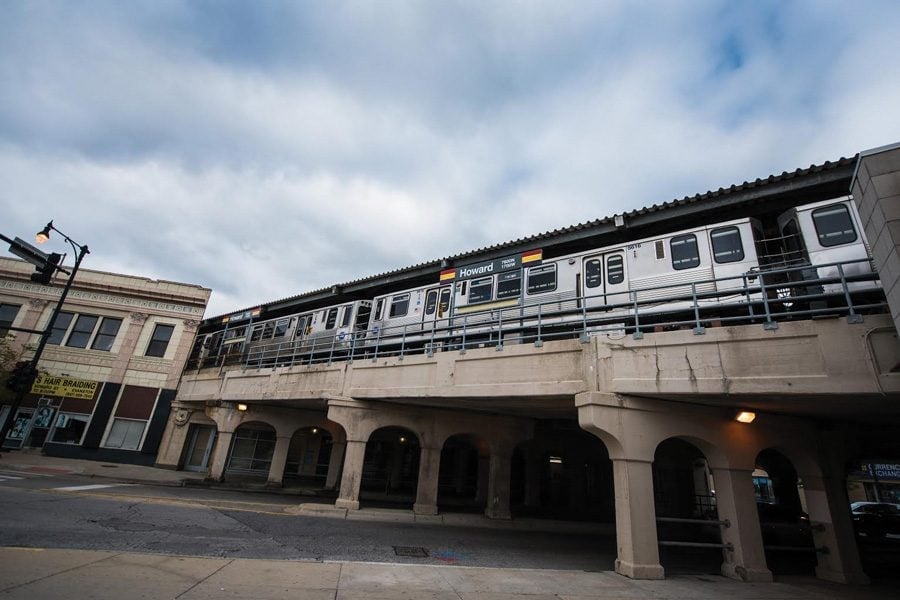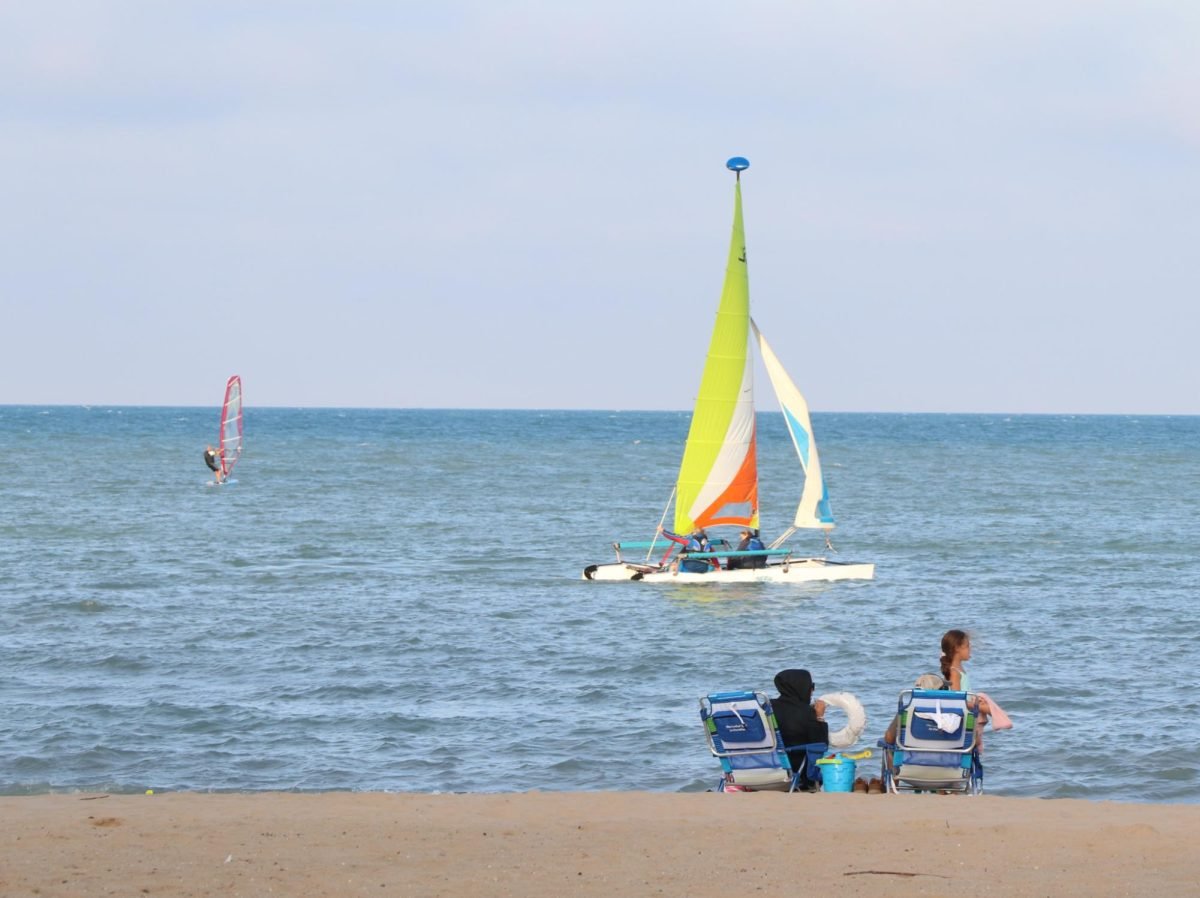The recent clash between Northwestern and its neighbors in Evanston’s First Ward over the Great Room dining space, 610 Haven St., reflects a history of land-use disagreements between the University and the city, said Eugene Sunshine, NU’s senior vice president for business and finance.
“In a number of communities where there are universities and ‘real people’ – and neighbors – there’s a physical buffer that occurs for one reason or another where the university is not right up against the neighbors,” Sunshine said. “Some people have, in good humor, referred to it as a DMZ, a demilitarized zone. We don’t have any demilitarized zone here.”
The close proximity between residential houses and school buildings has meant additional restrictions on the use of University buildings on the west side of Sheridan Road, Sunshine said. One example of such restrictions is the barring of undergraduates from using the Transportation Center, 600 Foster St., Sunshine said.
In another conflict, residents petitioned for the creation of a historic district, which includes many of NU’s structures west of Sheridan, Sunshine said.
The designation of a historic district, on both a federal and local level, was requested by residents, said Carlos Ruiz, the city’s senior planning preservation coordinator. Once buildings are part of the historic district, building owners must get approval from the city before making exterior changes.
“The district includes buildings that are historically significant, architecturally significant or culturally significant,” Ruiz said.
Sunshine said residents were allowed to opt their houses out of the historic district and “what ultimately was enacted was almost exclusively our stuff.”
The University then sued the city, as a very large portion of the district ended up being NU structures, Sunshine said.
In a 2004 settlement, the University paid $700,000 to the city to fund street lighting west of Sheridan and several University structures were excluded from the historic district.
In the current land-use conflict, opponents of the Great Room will bring their case before Evanston’s Zoning Board of Appeals in December. Neighbors said the Great Room constitutes a restaurant, which is not allowed in the neighborhood, defined by the city as a T-1 zoning area.
“Essentially what happened is that the City of Evanston granted a restaurant license to the University to operate in that location, and that location is in a T-1 zoning area, so there are only certain uses allowed,” said George Gaines, who lives on the 2200 block of Orrington Avenue.
Gaines and his wife filed the petition with the Zoning Board of Appeals about two weeks ago.
Ald. Judy Fiske (1st) introduced the conflict at the end of a Nov. 9 city council meeting. “Everyone in that neighborhood is so protective of the zoning,” she said. “It’s my job to get answers for residents.”
Buildings with nonconforming uses are protected by a grandfather clause, said Dominick Argumedo, Evanston’s zoning planner. If a building’s use predates the zoning restrictions, that use is allowed as long as it continues without any suspension longer than a year.
“If it was continually used and it can be proved that it was legal at one point, then it would be fine,” Argumedo said.
Sunshine said the University was aware of this policy. The Great Room was used as a dining hall for Seabury-Western Theological Seminary until the University purchased the building over the summer, which also includes dormitories. Sunshine said the University made sure to continue any nonconforming uses before their legality expired.
“The grandfathering provision allowed legal continuity for the old use,” Sunshine said. University administrators and city officials met with residents to explain the Great Room’s change of ownership and plans for the space. Gaines said he felt the University misrepresented its intentions.
“A commitment was made that it would be the same use, including for the dining hall facilities, that the dining hall facility would be for the residents,” Gaines said.
Gaines said he had no qualms with NU students but the building’s use had undergone, in zoning language, an “increase in intensity.”
Mark Miliotto, director of finance and administration for Seabury-Western, lives across the alley from the Great Room and said the use of the building does not differ greatly from previous use. Residents and guests were able to purchase and eat meals in the space. He said as a neighbor, he has not found any reason to complain about the new late night dining location.
“We used it for breakfast, lunch and dinner meals regularly and occasional parties and other meetings,” Miliotto said. “I have no complaints at all.”
Sunshine said cashiers will start asking patrons if they are students, faculty, staff, alumni or guests, in order to assuage the distinction of the Great Room as a restaurant.
Associated Student Government President Mike McGee said he contacted Sunshine about expressing student support for the space.
“Students are willing to support the University to keep the Great Room,” the Communication senior said. “I myself, as an off-campus student, like the Great Room because it’s closer to where I live. It makes me feel better about being here.”







